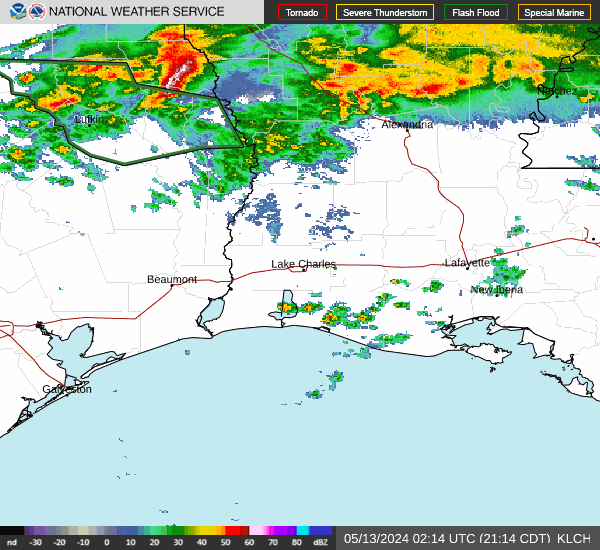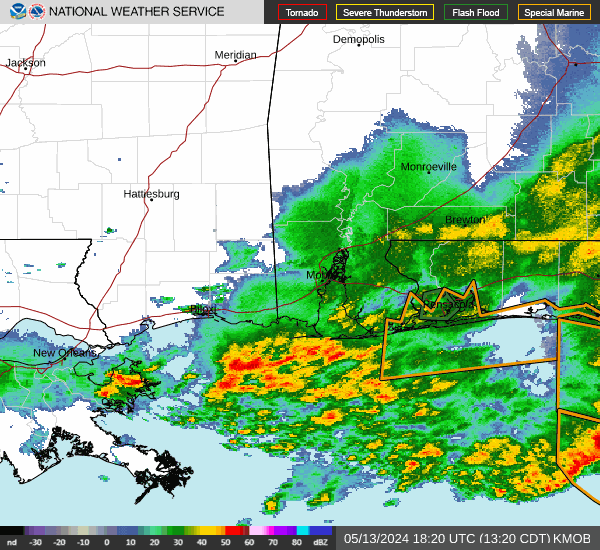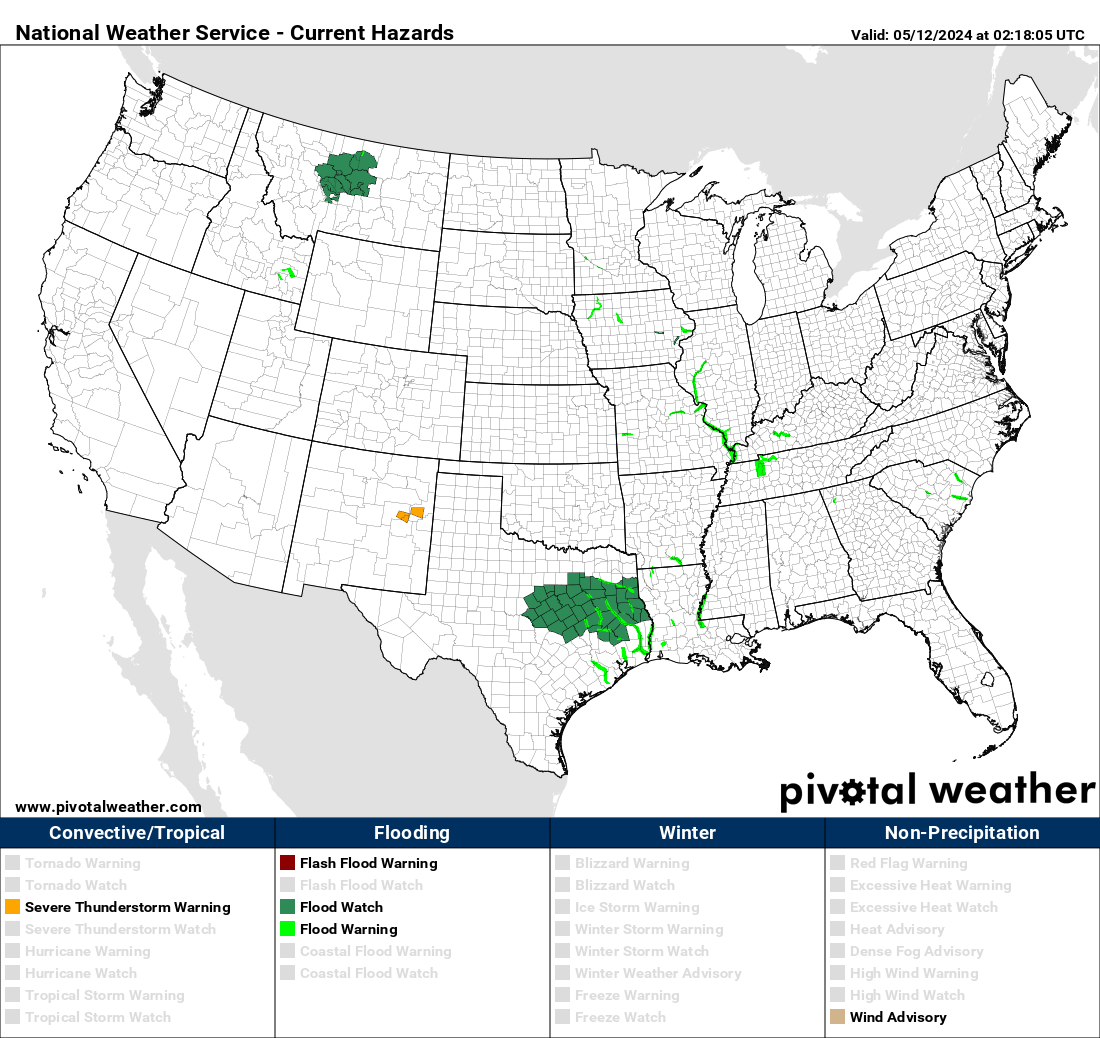January 27 - 29, 2014 Winter Storm Discussion
Jan 26, 2014 18:35:44 GMT -6
Randy - Brandon, MS likes this
Post by ndg on Jan 26, 2014 18:35:44 GMT -6
This image gives a great explanation when looking at the sounding forecast to those of you who wonder how a Skew-T suppose to look like when forecasting what type of precipitation will fall:

Forecast sounding for Nola for 12 noon and midnight on Tuesday, as you can see this will mostly be a freezing rain even for Nola if indeed surface temps stay at or below 32 degrees all day long on Tuesday, eventually changing to sleet and possibly snow late Tuesday night before the precip leaves your area.



Forecast sounding for Nola for 12 noon and midnight on Tuesday, as you can see this will mostly be a freezing rain even for Nola if indeed surface temps stay at or below 32 degrees all day long on Tuesday, eventually changing to sleet and possibly snow late Tuesday night before the precip leaves your area.


At ground level Freezing rain often causes major power outages by forming glaze ice. When the freezing rain or drizzle is light and not prolonged, the ice formed is thin. It usually causes only minor damage, relieving trees of their dead branches etc.[5] When large quantities accumulate, however, it is one of the most dangerous types of winter hazard.[6] When the ice layer exceeds 0.2 inches (5.1 mm)[citation needed], tree limbs with branches heavily coated in ice can break off under the enormous weight and fall onto power lines. Windy conditions, when present, will exacerbate the damage. Power lines coated with ice become extremely heavy, causing support poles, insulators and lines to break. The ice that forms on roadways makes vehicle travel dangerous. Unlike snow, wet ice provides almost no traction, and vehicles will slide even on gentle slopes. Because freezing rain does not hit the ground as an ice pellet (called "sleet") but still as a rain droplet, it conforms to the shape of the ground, or object such as a tree branch or car. This makes one thick layer of ice, often called "glaze".
Freezing rain and glaze on a large scale is called an ice storm. Effects on plants can be severe, as they cannot support the weight of the ice. Trees may snap as they are dormant and fragile during winter weather. Pine trees are also victims of ice storms as their needles will catch the ice, but not be able to support the weight. In February 1994, a severe ice storm caused over $1 billion in damage in the Southern United States, primarily in Mississippi, Tennessee, and Alabama. One particularly severe ice storm struck eastern Canada and northern parts of New York and New England in the North American ice storm of 1998
Freezing rain and glaze on a large scale is called an ice storm. Effects on plants can be severe, as they cannot support the weight of the ice. Trees may snap as they are dormant and fragile during winter weather. Pine trees are also victims of ice storms as their needles will catch the ice, but not be able to support the weight. In February 1994, a severe ice storm caused over $1 billion in damage in the Southern United States, primarily in Mississippi, Tennessee, and Alabama. One particularly severe ice storm struck eastern Canada and northern parts of New York and New England in the North American ice storm of 1998



















